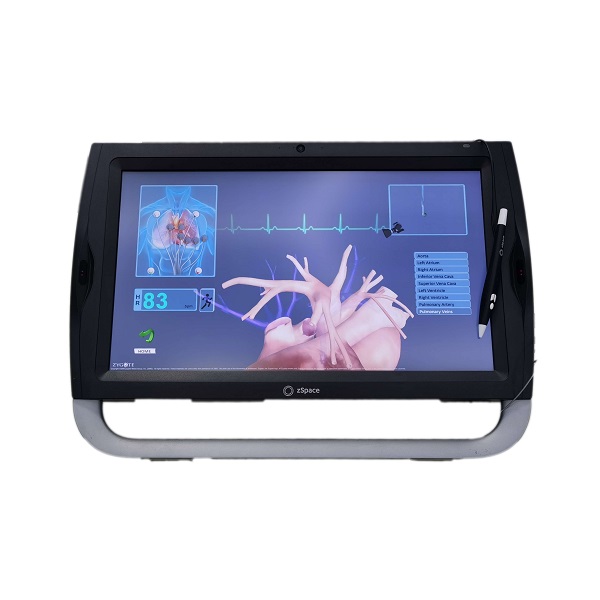As an industry professional, I have been closely monitoring the latest trends in anatomy teaching. One particular innovation that has caught my attention is the introduction of the anatomy teaching table. This revolutionary tool has transformed traditional methods of anatomical education and promises to revolutionize how students learn about the human body.
A Breakthrough in Anatomical Education
The anatomy teaching table offers a unique and immersive learning experience for students. With its advanced technology, it allows users to interact with virtual models of various anatomical structures, providing a hands-on approach to learning. Students can explore different layers of the human body, zoom in on specific organs or systems, and even dissect virtual cadavers without any ethical concerns.
This innovative tool not only enhances students’ understanding but also improves their retention rates. By engaging multiple senses through visualizations and interactive features, it creates a more memorable learning experience compared to traditional textbooks or lectures.
Advancements with AR Anatomy Professional Model
In recent years, there have been significant advancements in augmented reality (AR) technology applied to anatomical education. The ar anatomy professional model takes the concept further by overlaying digital information onto physical models or real-life environments.
This integration enables students to visualize complex anatomical structures directly on physical objects such as mannequins or skeletons. They can observe detailed 3D renderings projected onto these models using smartphones or tablets equipped with AR applications. This combination bridges the gap between theoretical knowledge and practical application, allowing for a deeper understanding of anatomical concepts.
DIGIHUMAN: A Leap into Realistic Virtual Dissection

One groundbreaking development within this field is DIGIHUMAN – an ultra-realistic virtual dissection software that provides an unparalleled level of detail and accuracy. This software utilizes high-resolution imaging techniques to create lifelike representations of human anatomy.
With DIGIHUMAN, students can perform virtual dissections on realistic digital cadavers, replicating the experience of a traditional dissection lab without the need for physical specimens. The software offers interactive tools that allow users to manipulate organs and tissues, providing a comprehensive understanding of anatomical structures.
The Future is Here
In conclusion, the introduction of the anatomy teaching table has revolutionized anatomical education by offering an immersive learning experience that surpasses traditional methods. With advancements in AR technology and groundbreaking developments like DIGIHUMAN, students now have access to cutting-edge tools that enhance their understanding and retention rates.
As this industry trend continues to evolve rapidly, it is crucial for educational institutions and professionals to embrace these innovations fully. By incorporating these technologies into curricula, we can ensure that future healthcare professionals are equipped with the knowledge and skills necessary for success in their careers.


